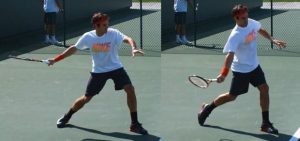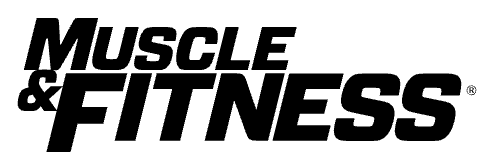The Best Exercise You Aren’t Doing-Medial Hip Rotation
Back in 2006, Colombian pop star, Shakira, penned a smash hit that still remains one of the biggest digital music downloads of all time. She also inadvertently reintroduced a coaching term that still holds water 11 years after the crooner’s song hit the airwaves. Yes, Hips Don’t Lie goes beyond the dance floor and touches all areas of sports and athletic performance.
Still a killer song
Yet there’s a hip movement out there that gets overlooked more often than brussel sprouts at an all you can eat buffet. It’s a a little clunky of a term for the lay person, but if you are a throwing athlete you need it like a fish needs water- medial hip rotation.
Take a look at a baseball swing.

Back hip rotating forward

Back hip rotating forward

Hmmm

Wait a second
Power lies in the transverse plane and force travels in spirals. Sprinting, jumping, and throwing all have elements of rotation in their execution. Throwing and swinging athletes desperately need this ability to maximize their power to throw/hit/propel an object farther.
There are many exercises that enhance this skill ranging from general to more specific. I’ll focus on two that are of the more general variety. I’ve attached a link here that shows the execution of two types of medial hip exercises.
Both exercises are done on the ground and can be executed with minimal equipment. The first works on the separation of the hips and the shoulders. Bio-mechanically, this is the best way to have a transfer of force from the lower half to the upper half.
The athlete will lay on their back, arms extended to the side. From there, they will either keep their knees bent or extend them (making a longer lever is a more challenging variation). Once the lower half is set, they will rotate at the hips, side to side. The lower they bring their legs, the more challenging the exercise will become.
The second exercise in the video involves a Yessis Active Cord, available on his website. The ankle strap can be attached around the toes or ankle (toes is tougher and not shown in this video). Once the athlete is set up on their back with the band in place, they will bring their foot in towards their mid line with tension. While it doesn’t look like much, this is extremely challenging and also an important joint action in the force production sequence.
There are many other exercises you can perform to build on this ability. From medicine ball variations, to actual throwing movements, the application can vary considerably based on the level of the athlete. The main point is to include some degree of this hip action in your athletic programming. Squats are great and presses are tremendous, but make sure you are working some sort of hip rotation into your strength regimen. Your coaches will thank you for it, and opposing competitors will hang their heads after letting up a 3 run homer or having a puck whiz past their goaltender.


